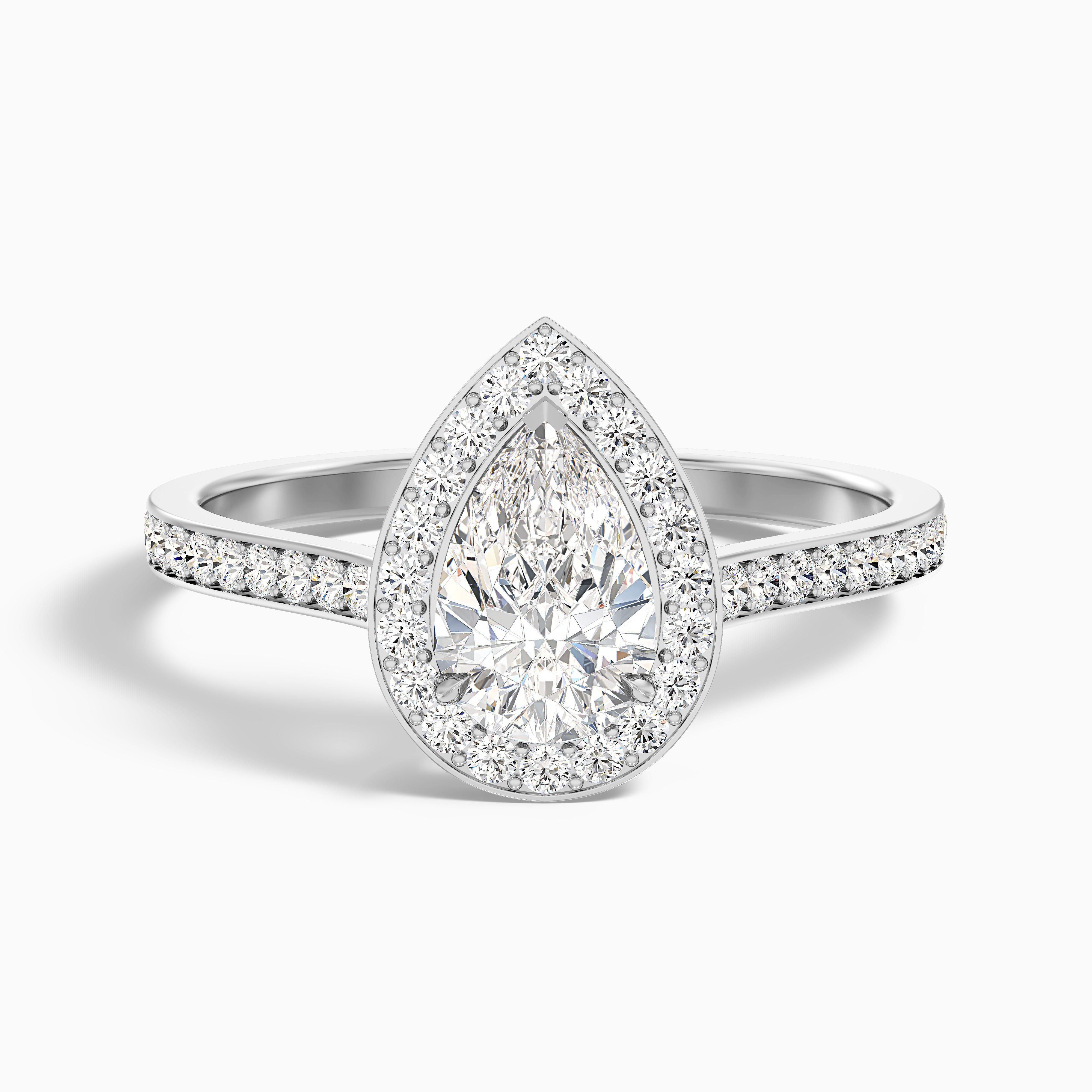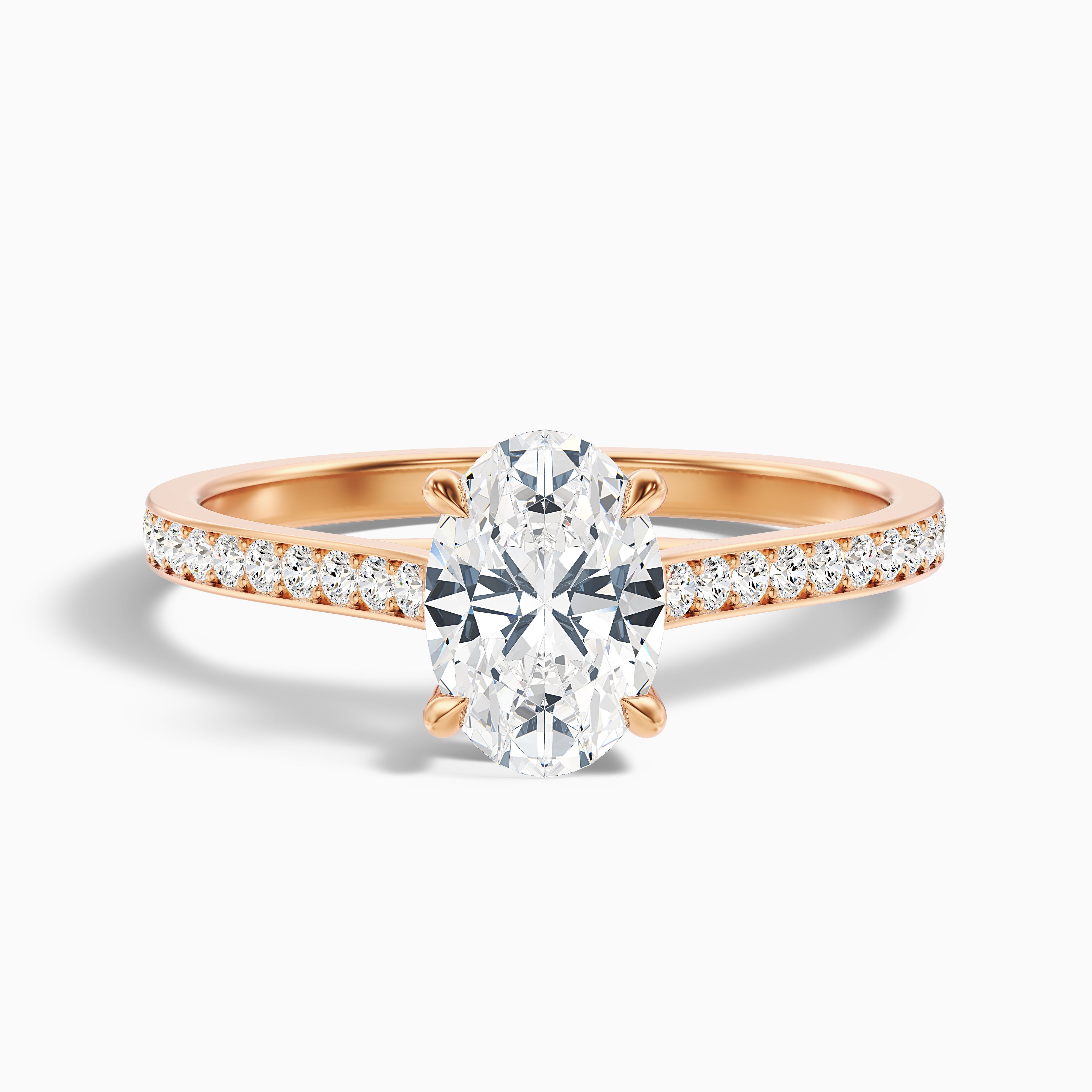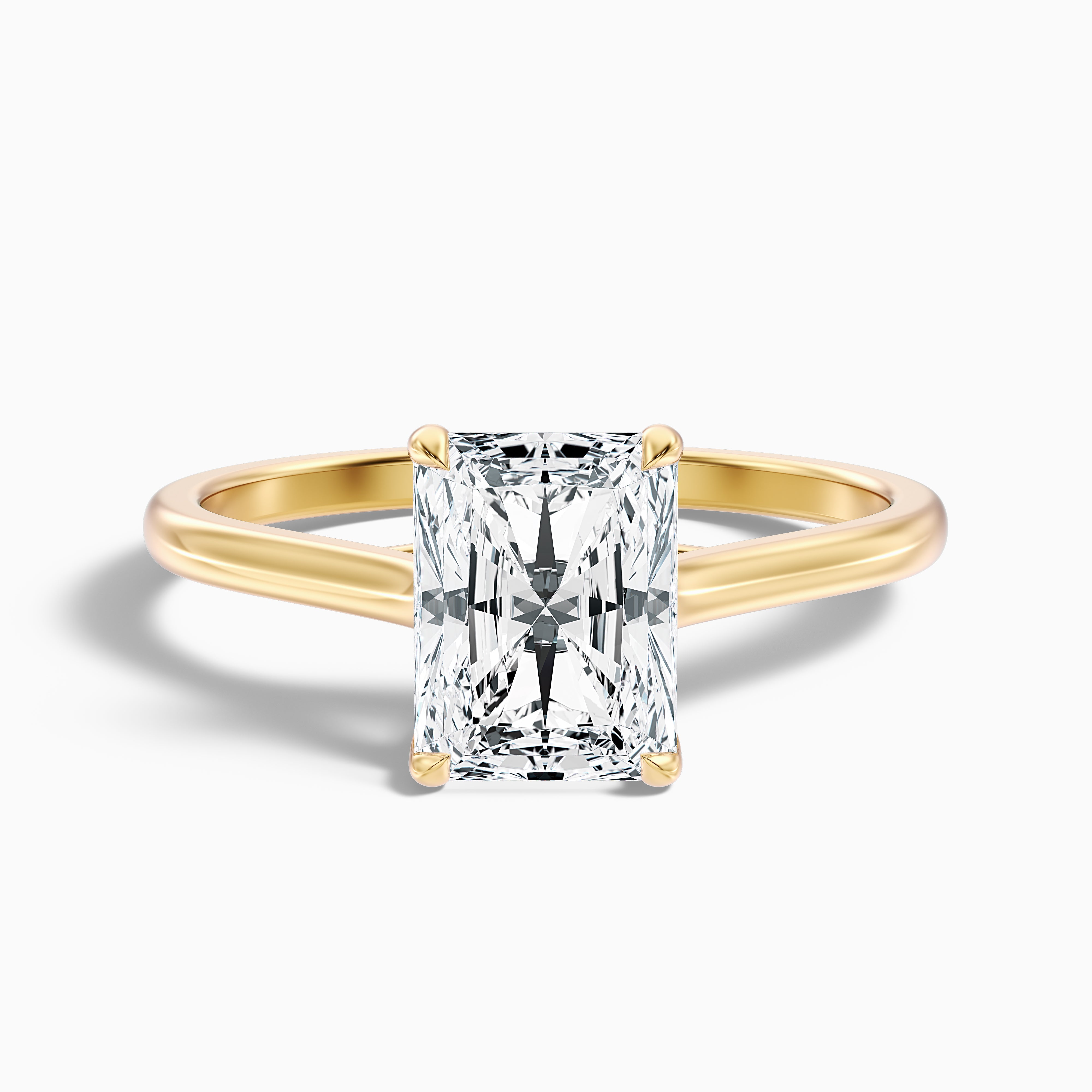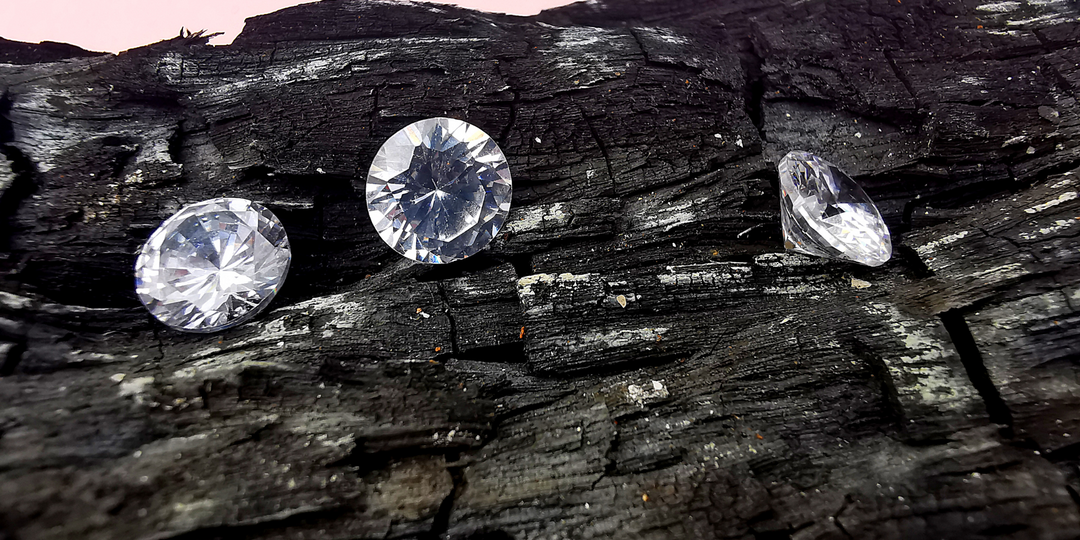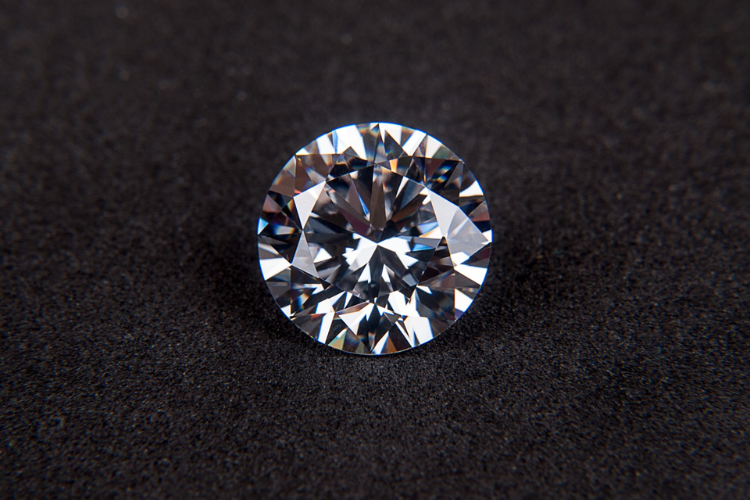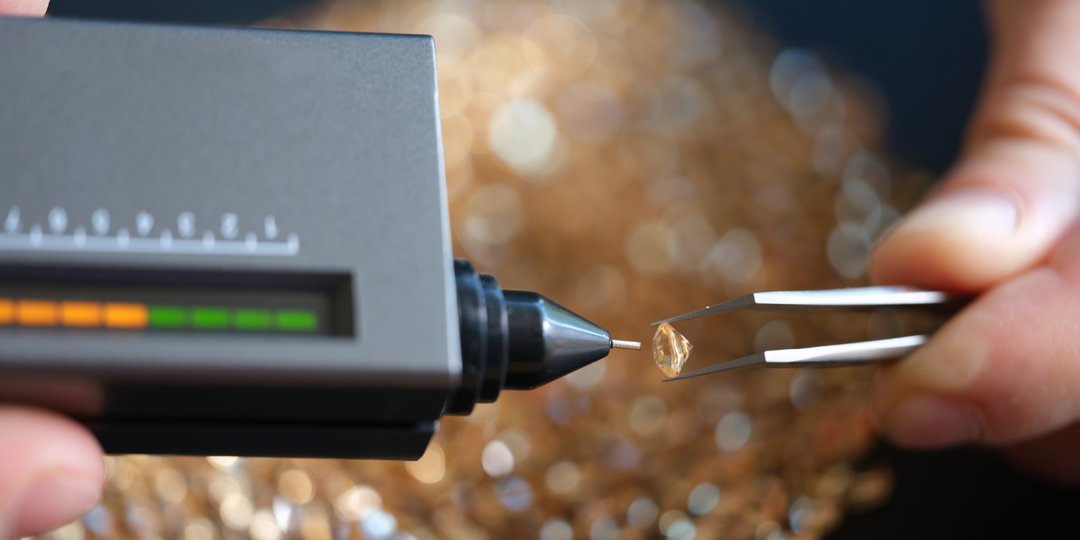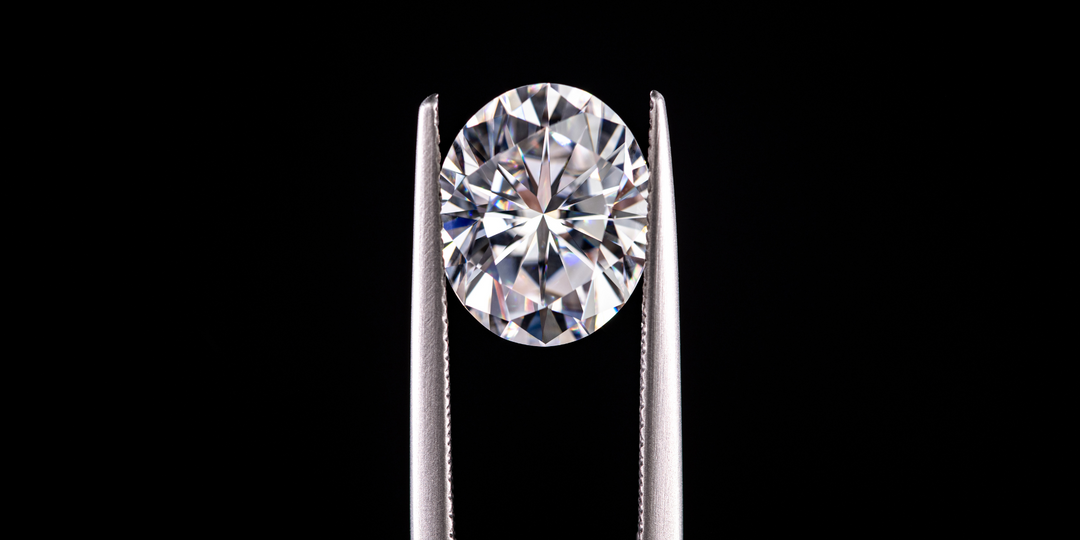A Complete Guide to Lab Diamond Clarity
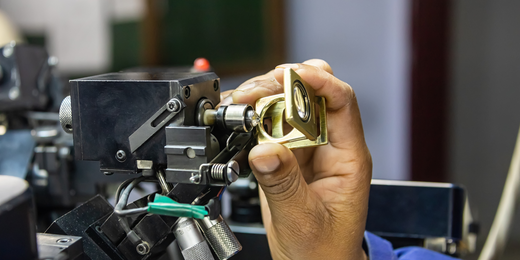
Diamonds aren't just shiny stones; they're symbols of love, commitment, and luxury. But with lab grown diamonds, clarity really counts. Whether you're an engaged couple hunting for the perfect ring, a jewelry lover wanting to expand your collection, or an eco-conscious shopper looking for sustainable sparkle, knowing about diamond clarity is crucial. In this guide, let's dive into what clarity means, how it's graded, and why it matters.
What is Diamond Clarity?
Diamond clarity is all about how clean a diamond looks, considering things like the number, size, and location of its internal spots (inclusions) and any surface marks (blemishes). It’s one of the four Cs of diamond grading, along with carat, color, and cut. These factors can affect how much a diamond sparkles and its overall beauty.
Clarity basically checks out the purity of a diamond by looking at these little imperfections or "birthmarks." Inclusions are natural little crystals, fractures, or other minerals stuck inside the diamond, while blemishes are surface flaws like scratches or pits.
The fewer inclusions and blemishes, the higher the clarity grade, which means a more brilliant and valuable diamond. Even with lab grown diamonds, clarity is just as important since it affects how they look and how desirable they are.
Knowing about clarity can really help you when picking out a diamond, ensuring it fits what you want both visually and financially. A diamond with high clarity has fewer distractions, letting more light shine through and boosting its visual appeal.
Understanding the Clarity Grading Scale
The Gemological Institute of America (GIA) developed a clarity grading scale that is widely recognized in the industry. This scale evaluates diamonds on a range from Flawless (FL) to Included (I1, I2, I3). Let's break down these grades:
Flawless (FL)
- Diamonds with a Flawless grade are like the unicorns of gems—no inclusions or blemishes visible even under 10x magnification.
- Getting a Flawless grade in lab grown diamonds is hard to come by as the process can sneak in tiny imperfections. But if you find one, they’re super valuable for their clarity.
Internally Flawless (IF)
- Internally Flawless diamonds have no internal inclusions, just some minor surface blemishes you might see under 10x magnification.
- If lab grown diamonds are almost perfect on the inside, which is super desirable. The surface spots are minimal and don’t really matter.
Very Very Slightly Included (VVS1, VVS2)
- VVS diamonds have tiny inclusions you can barely see with a magnifying glass. VVS1 has fewer and smaller inclusions than VVS2.
- VVS lab grown diamonds are top-of-the-line, with inclusions almost invisible without magnification. They offer high clarity at a lower price than FL or IF grades.
Very Slightly Included (VS1, VS2)
- VS diamonds have small inclusions you can see under 10x magnification compared to VVS diamonds. VS1 has fewer and smaller inclusions than VS2.
- VS lab grown diamonds are a balance of clarity and price. The inclusions aren’t visible to the naked eye, so they’re a popular choice for many.
Slightly Included (SI1, SI2)
- SI diamonds have inclusions visible under 10x magnification and may be visible to the naked eye. SI1 has fewer and smaller inclusions than SI2.
- SI lab grown diamonds are more affordable and can look eye-clean, especially in smaller sizes. They’re good value if you’re balancing clarity and budget.
Included (I1, I2, I3)
- Included diamonds have inclusions obvious under 10x magnification and often to the naked eye. The inclusions in I1 are less severe than those in I2 and I3.
- I-grade lab grown diamonds are the most affordable but have inclusions that can impact their sparkle and durability. They’re often used in fashion jewelry where clarity isn’t as important as design.
Lab Grown Diamond Clarity Chart
Factors Affecting Lab Diamond Clarity
Several factors influence the clarity of lab grown diamonds. Understanding these can help you appreciate the nuances of diamond clarity and make informed decisions.
1. Growth Method
Lab grown diamonds are grown using two main methods: High-Pressure High Temperature (HPHT) and Chemical Vapor Deposition (CVD). Each method affects the type and number of inclusions you’ll find in the diamond.
For HPHT diamonds, the process mimics the natural conditions where diamonds form. You’ll see metallic inclusions in these diamonds, which are leftover from how they were grown, showing up as tiny metallic spots.
For CVD diamonds, the process occurs in a vacuum chamber. Here, gas molecules break down and carbon atoms layer up to form a diamond. These diamonds have fewer inclusions but you may see some strain patterns from the growth process.
2. Size of Inclusions
When it comes to clarity, the size of inclusions matters. Larger inclusions are more visible and can really impact how the diamond looks. Smaller inclusions may not even be visible without a magnifying glass so don’t impact clarity as much.
3. Number of Inclusions
A number of inclusions in a diamond really affects clarity. If a diamond has many small inclusions it may get a lower clarity grade than one with just one big inclusion. All those tiny inclusions together can take away from the diamond’s brilliance and transparency.
4. Location of Inclusions
Where inclusions are in a diamond really matters for visibility. If they’re near the center they’re more visible than those near the edges. Central inclusions can even block light which can take away some of the diamond’s sparkle.
5. Nature of Inclusions
The type of inclusion in a diamond, like a crystal, feather, or cloud can really affect clarity. Some inclusions, like feathers (which are internal cracks) can weaken the diamond’s structure. Others like small crystals don’t impact durability as much but can still affect how the diamond looks.
6. Relief of Inclusions
Relief is all about how much an inclusion stands out in a diamond. High-relief inclusions are more visible because they really pop against the diamond’s background. Low-relief inclusions blend in more so are harder to see.
7. Post-Growth Treatments
Lab grown diamonds can get a little boost in clarity through various treatments. For example, laser drilling can be used to remove inclusions or fracture filling to make them less visible. These treatments can definitely improve the diamond’s clarity but may also impact its overall value and durability.
8. Certification and Grading
Trusted labs like the Gemological Institute of America (GIA) and the International Gemological Institute (IGI) give clarity grades to lab grown diamonds. They range from Flawless (FL) to Included (I1, I2, I3), depending on how visible the inclusions are under 10x magnification.
How to Avoid Common Mistakes While Choosing the Right Clarity for a Lab Diamond
When selecting a lab grown diamond, it's essential to balance clarity with other factors such as cut, color, and carat. Focusing solely on clarity may lead to overlooking other elements that contribute to a diamond's overall beauty and value.
Common Mistakes to Avoid
Ignoring the Clarity Grade
- Mistake: If you skip checking the clarity grade, you might end up buying a diamond with visible inclusions that can spoil its beauty.
- Solution: Always take a look at the clarity grade. For lab grown diamonds, aiming for grades like VS1 (Very Slightly Included) or higher is usually a good bet for balancing quality and value.
Not Considering the Type of Inclusions
- Mistake: Not all inclusions are created equal. Some stand out more and can impact a diamond’s sparkle.
- Solution: Get to know the different types of inclusions. For instance, black carbon spots are easier to see than white feather inclusions. Go for diamonds with less noticeable inclusions.
Overpaying for Higher Clarity
- Mistake: Spending extra on a higher clarity grade doesn’t really make the diamond look better.
- Solution: Check out the diamond under magnification. Inclusions in VS2 or SI1 grades usually aren't visible without a magnifying glass, and they offer better value.
Neglecting the Diamond’s Setting
- Mistake: Picking a clarity grade without thinking about how the diamond will be set.
- Solution: Some settings can actually hide those inclusions. For example, prong settings can cover up inclusions near the edges, so you can go for a lower clarity grade and still have a great-looking diamond.
Not Using a Trusted Certification
- Mistake: Buying a diamond without a reliable certification can mean getting the wrong clarity grades.
- Solution: Make sure the diamond is certified by trusted labs like IGI or GIA. These certifications give you an accurate picture of the diamond’s clarity.
Lab Diamond Clarity vs. Natural Diamond Clarity
While both lab grown and natural diamonds are composed of the same carbon atoms, their formation processes differ significantly. This can lead to subtle differences in their clarity characteristics.
| Aspect | Natural Diamonds | Lab Grown Diamonds |
|---|---|---|
| Formation | Form over millions of years in Earth's mantle. | Created in a controlled laboratory environment. |
| Inclusions | Clouds, feathers, crystals, pinpoints, and other natural inclusions. | Growth lines, bubbles, and other imperfections related to the growth process. |
| Blemishes | Can have blemishes from mining, cutting, or polishing. | Less likely to have blemishes due to the controlled growth environment. |
| Clarity Grades | Can achieve a wide range of clarity grades, with higher clarity grades being rarer. | Can achieve a wide range of clarity grades, often with fewer imperfections. |
Impact of Clarity on Diamond's Appearance and Value
Impact on Appearance
- Brilliance and Sparkle: When diamonds have higher clarity, they usually have fewer noticeable inclusions, which lets more light through and makes them sparkle more. On the flip side, diamonds with lower clarity might have inclusions that block light and take away some of that shine.
- Visual Appeal: Where inclusions are located, their size, and type can really impact a diamond's look. If inclusions are near the center or are big and dark, they can stand out and make the diamond less attractive. But if they're small or cleverly hidden, they’re less visible and don’t affect the appearance as much.
- Transparency: Diamonds with high clarity are usually more transparent, which boosts their overall look. Inclusions in diamonds with lower clarity can cause cloudy or hazy spots, messing with the stone's transparency and appeal.
Impact on Value
- Price Differences: Clarity really affects a diamond’s price. The clearer the diamond, the rarer and more expensive it gets. For instance, there's a big price jump between a VS1 and an SI1 diamond. Recent data shows that upgrading from SI2 to SI1 bumps up the price by about 12%, while going from VVS2 to VVS1 can mean a 28% increase.
- Market Demand: Diamonds with top clarity grades are often hot commodities, especially among collectors and investors who love rarity and quality. This demand can push up the prices of these high-clarity diamonds.
- Resale Value: High-clarity diamonds tend to keep their value better over time. When you want to resell, diamonds with fewer flaws are likely to sell for more.
Tips for Evaluating Clarity When Buying a Lab Diamond
1. Get to Know the Clarity Grading Scale:
- So, the Gemological Institute of America (GIA) has this clarity grading scale that goes from FL (Flawless) to I3 (Including, Grade 3).
- If you look at FL diamonds, they’re spotless under 10x magnification—no internal flaws or external blemishes at all!
- As you go down the scale, you’ll notice more inclusions.
- VS1 and VS2 are really good in terms of clarity, while SI1 and SI2 are generally fine for most jewelry.
2. Take a Closer Look at the Diamond:
- Grab a loupe or jeweler's microscope: This helps you spot those tiny inclusions and blemishes that you can't see with just your eyes.
- Check out these details:
- Size: Bigger inclusions catch the eye more easily.
- Nature: The type of inclusion affects how much it stands out. Some, like clouds or feathers, blend in better than ones like pinpoints or crystals.
- Number: Fewer inclusions mean a better clarity grade.
- Location: Inclusions near the center or on the table (the top part) are more visible.
- Relief: This is about how much the inclusion pops against the diamond's background. High-relief ones stand out more than low-relief ones.
3. Think About Your Budget and How You'll Use It:
- Figure out your budget: Higher clarity grades can be pricier, so decide how much you're comfortable spending on clarity.
- Consider how you'll use it: If it's for everyday wear, a slightly lower clarity might be fine, especially if the inclusions aren't noticeable. But for a special occasion or a piece to pass down, you might want to go for higher clarity.
4. Get a Certified Lab Report:
- Ask for a lab report: Make sure to get a detailed report from a reputable lab, like the GIA or IGI. This should cover the diamond's clarity grade, along with details like carat weight, color, and cut.
- Check the report's authenticity: Double-check that the lab report is genuine and matches the diamond you're looking at.
5. Chat with a Trusted Jeweler:
- Get some expert advice: A savvy jeweler can break down the clarity grading system and help you choose a lab diamond that fits your needs and budget.
- Check their know-how: Ask about their experience with lab grown diamonds and how well they can assess clarity. At CaratBee, we've got experienced gemologists with over 10 years of know-how. Feel free to chat with our expert anytime!
Conclusion
Getting to grips with lab diamond clarity is key to picking the perfect stone with confidence. Remember the clarity grading scale, what affects clarity, and the perks of lab grown diamonds over natural ones. Think about your style, budget, and the diamond setting to find the clarity that suits your vision.
When you're ready to dive in, check out options from trusted jewelers like CaratBee who focus on transparency and quality. Whether you're gearing up for an engagement or adding to your jewelry collection, your lab grown diamond's clarity will sparkle just as brightly as your love for it.


